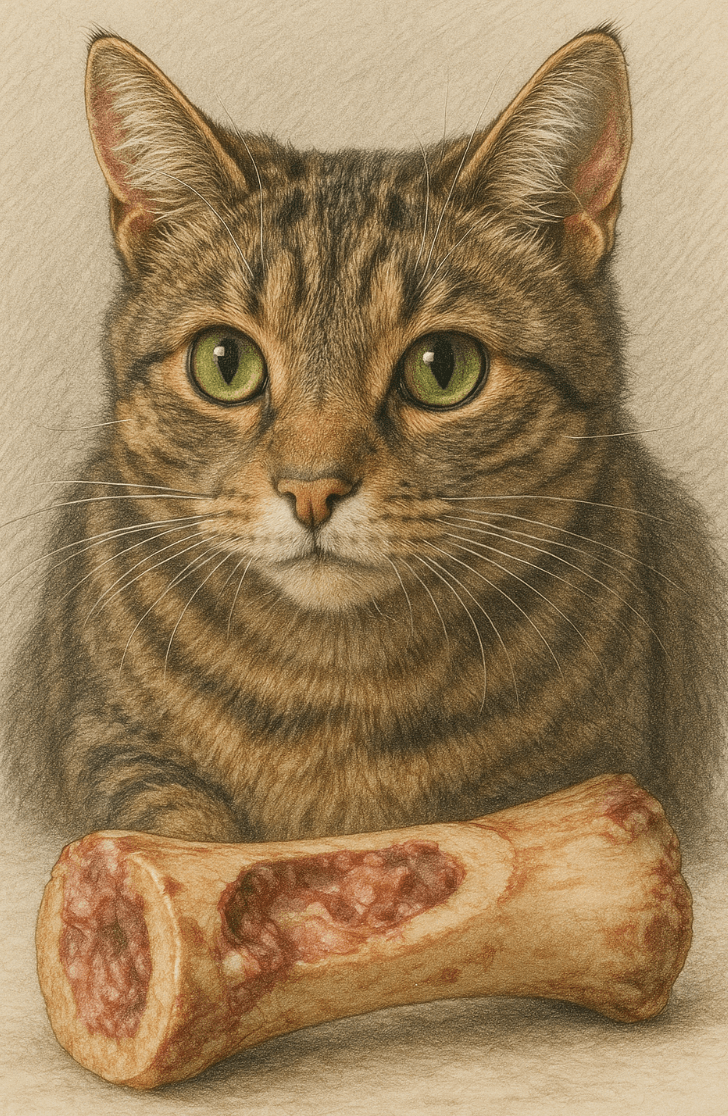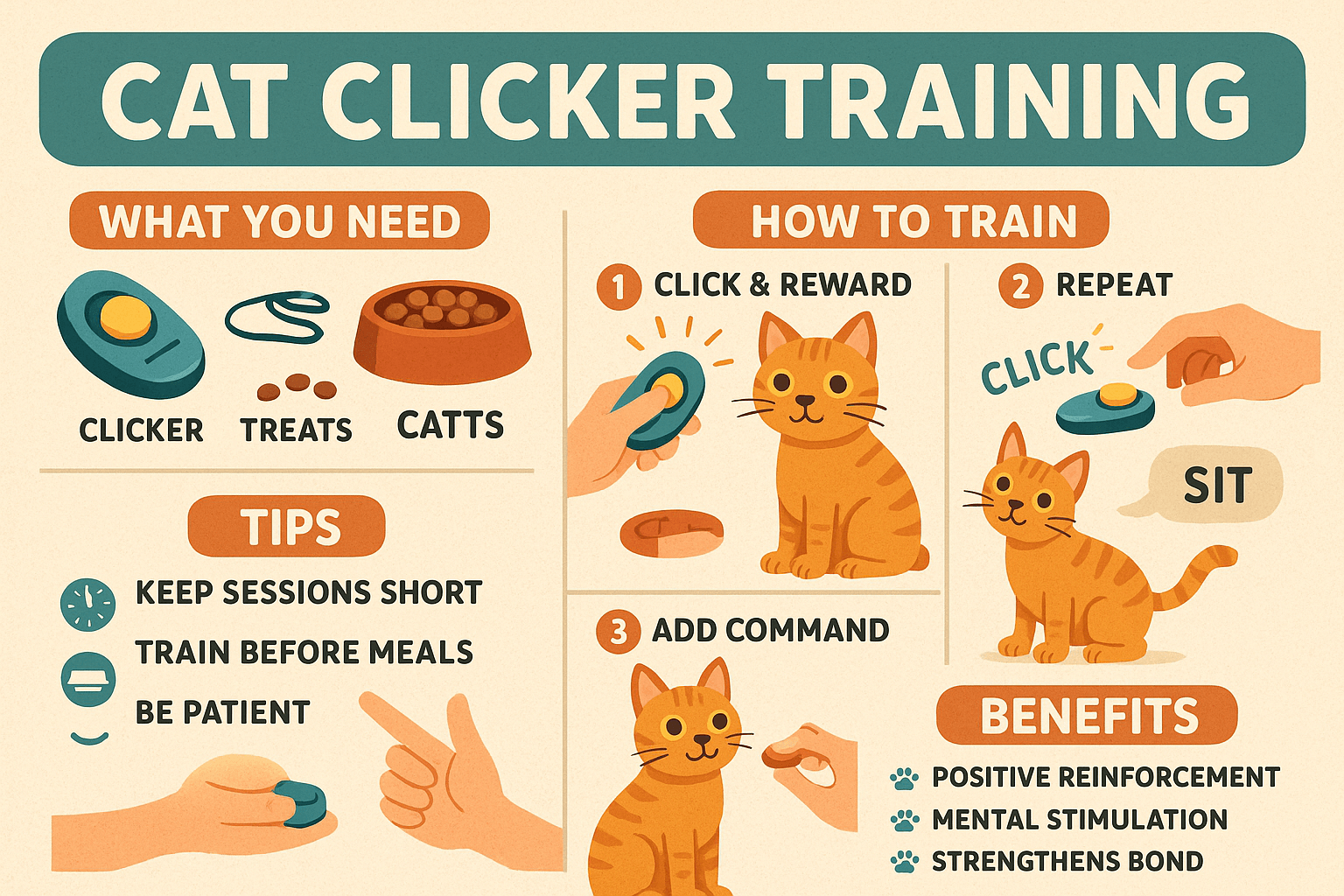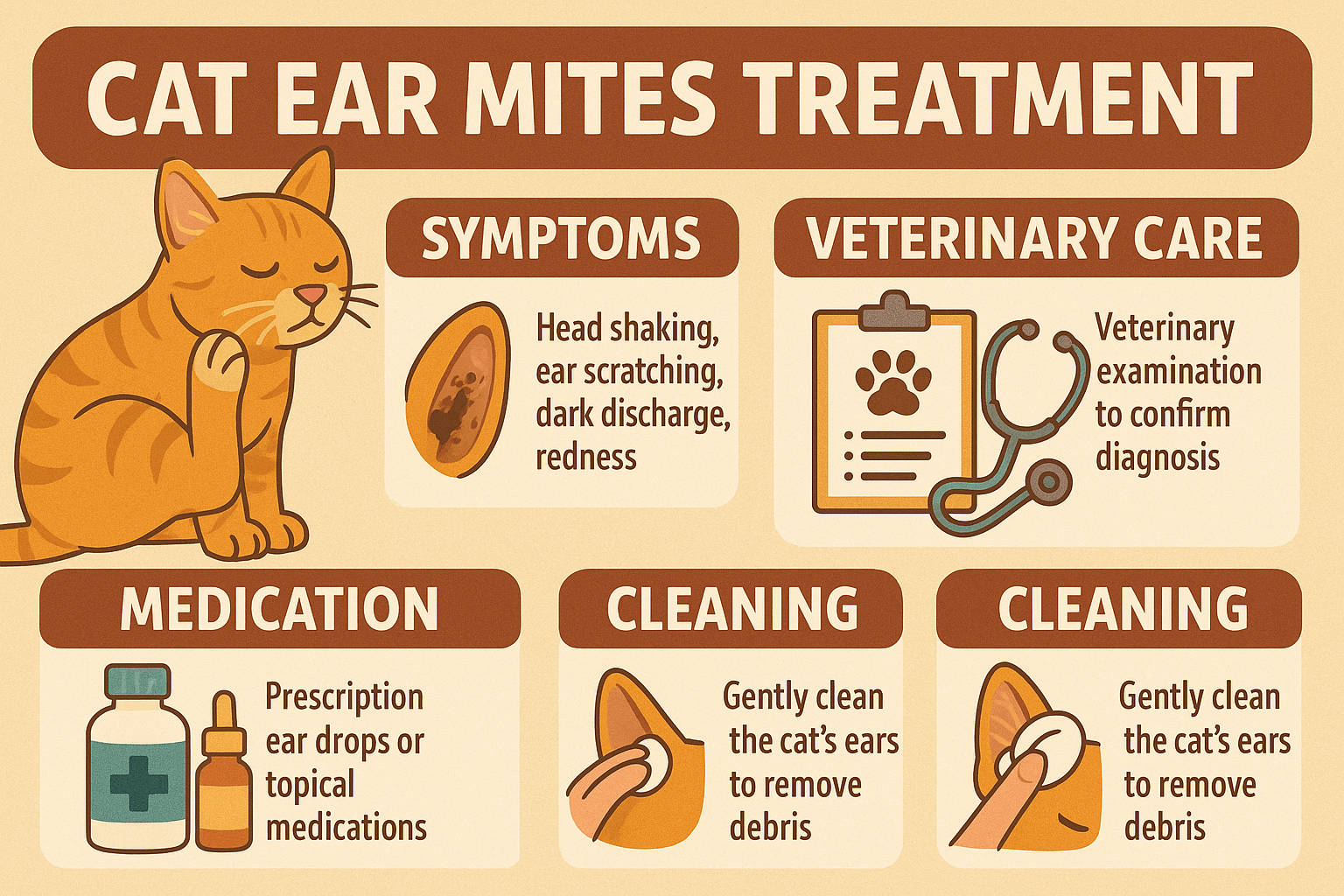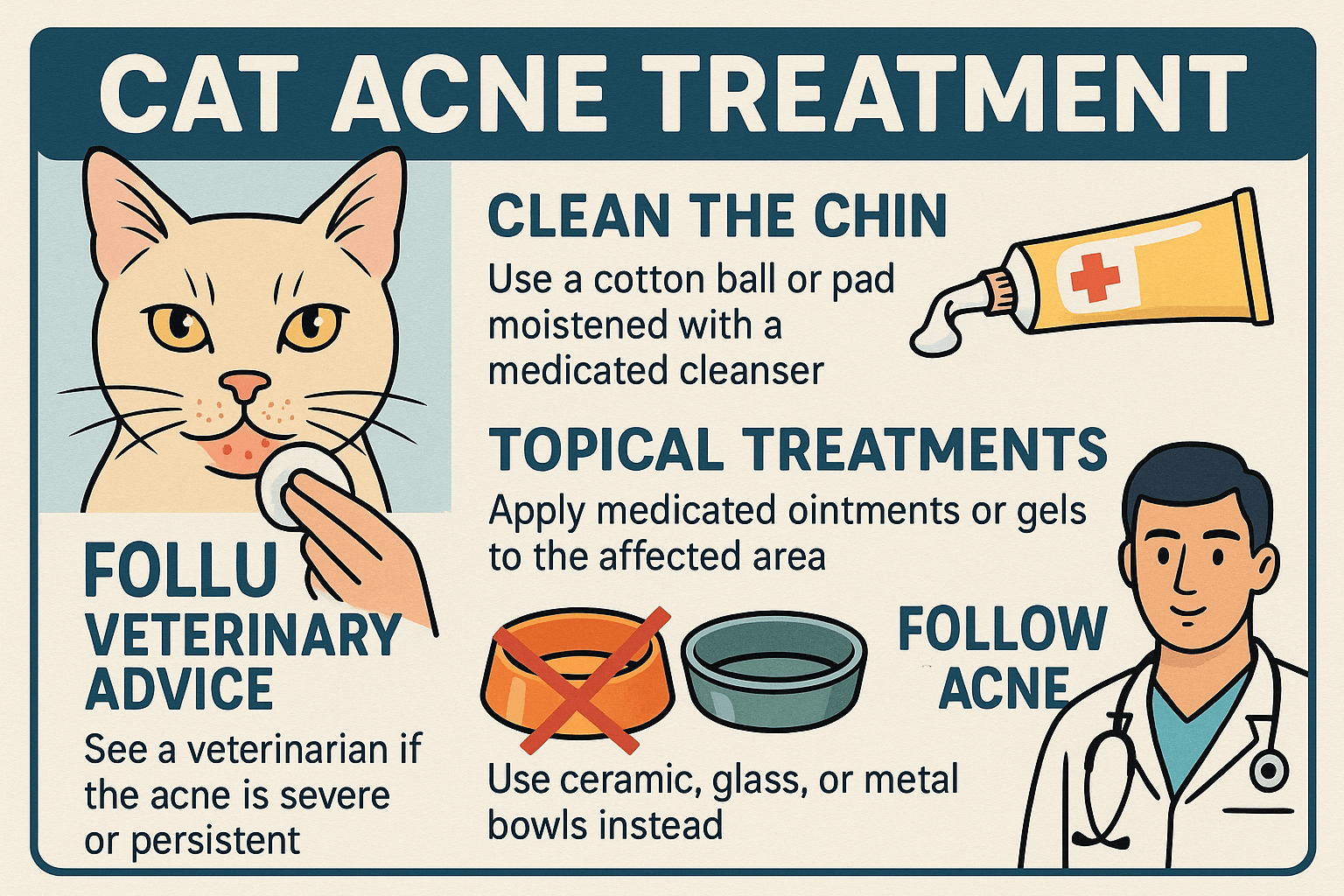Can Cats Eat Bone Marrow?
Cats are obligate carnivores, meaning their diet revolves around animal-based proteins. As natural hunters, they often consume small prey in the wild, including bones and bone marrow. This raises the question: Can cats safely eat bone marrow? While bone marrow is rich in nutrients like calcium, phosphorus, and healthy fats, it’s essential to weigh the potential benefits against the risks before offering it to your feline friend. In this blog post, we’ll explore whether bone marrow is safe for cats, how to prepare it properly, and what precautions you should take to ensure your cat’s health and happiness.
Potential Benefits of Bone Marrow for Cats
Bone marrow contains valuable nutrients that can support your cat’s overall health when offered in moderation. However, it’s important to understand its nutritional value and limitations.
Rich in Healthy Fats:
Bone marrow provides essential fatty acids that support skin health, coat shine, and energy levels.High Calcium and Phosphorus Content:
These minerals contribute to strong bones and teeth, which are vital for your cat’s skeletal health.Source of Protein:
Bone marrow contains protein, which is crucial for muscle development and overall bodily functions.Natural Nutrient Absorption:
Unlike synthetic supplements, the nutrients in bone marrow are bioavailable, making them easier for cats to digest.Mimics a Wild Diet:
Consuming bone marrow aligns with a cat’s natural instincts as a hunter and scavenger.
While bone marrow offers these benefits, it should be considered a treat rather than a dietary staple due to its high fat content.
Risks of Feeding Bone Marrow to Cats
Although bone marrow has nutritional value, there are significant risks associated with feeding it to your cat. Understanding these dangers will help you make informed decisions about your pet’s diet.
Choking Hazards:
Small fragments of bone or cartilage may break off and pose a choking risk if not prepared carefully.Digestive Upset:
High-fat foods like bone marrow can upset your cat’s stomach, leading to vomiting or diarrhea.Pancreatitis Risk:
Excessive consumption of fatty foods increases the likelihood of pancreatitis, a painful and potentially life-threatening condition.Bacterial Contamination:
Raw bone marrow may harbor harmful bacteria such as Salmonella or E. coli, which can affect both your cat and your household.Nutritional Imbalance:
Overfeeding bone marrow can disrupt the balance of your cat’s diet, leading to deficiencies or excesses in certain nutrients.
These risks highlight why moderation and preparation are key when introducing bone marrow to your cat’s diet.
Check this guide 👉Can Cats Eat Goji Berries? Best 7 Expert Tips!
Check this guide 👉Can Cats Eat Craisins? Best 7 Expert Tips!
Check this guide 👉Can Cats Eat Styrofoam? Best 7 Expert Tips!

Safe Preparation Tips for Bone Marrow | Risks of Improper Preparation |
|---|---|
Serve in small, controlled portions | Feeding large amounts can cause obesity |
Cook thoroughly to reduce bacteria | Raw marrow may carry harmful pathogens |
Remove sharp bone fragments | Sharp edges can damage gums or intestines |
Offer as an occasional treat, not daily | Overfeeding can lead to nutrient imbalances |
Consult your vet before introducing | Ignoring professional advice may harm your cat |
How to Safely Introduce Bone Marrow to Your Cat
If you decide to feed bone marrow to your cat, it’s crucial to follow safe practices to minimize risks. Here’s how to introduce it responsibly.
Choose Fresh, High-Quality Bones:
Select bones from reputable sources to ensure they’re free from preservatives or contaminants.Cook Thoroughly:
Boil or bake the bone until the marrow softens and any potential bacteria are eliminated.Remove Hard Fragments:
Discard sharp or brittle pieces to prevent injury to your cat’s mouth or digestive tract.Start with Tiny Portions:
Offer a pea-sized amount of marrow to gauge your cat’s tolerance and avoid overfeeding.Monitor for Reactions:
Watch for signs of digestive upset, allergic reactions, or discomfort after feeding.
By following these steps, you can safely incorporate bone marrow into your cat’s diet without compromising their health.
Signs Your Cat May Not Tolerate Bone Marrow
Even with careful preparation, some cats may not handle bone marrow well. Recognizing warning signs early allows you to address issues promptly.
Vomiting or Diarrhea:
These symptoms indicate digestive distress caused by the high-fat content or bacterial contamination.Loss of Appetite:
A sudden refusal to eat could signal discomfort or illness related to consuming bone marrow.Lethargy or Weakness:
Fatigue and lack of energy may suggest an adverse reaction or nutritional imbalance.Excessive Drooling:
Drooling could indicate nausea or irritation from sharp bone fragments or spoiled marrow.Pawing at the Mouth:
This behavior often points to pain or injury caused by sharp edges or improper chewing.
If you notice any of these signs, stop feeding bone marrow immediately and consult your veterinarian.
Common Mistakes to Avoid When Feeding Bone Marrow
Feeding bone marrow to your cat requires careful consideration to avoid mistakes that could endanger their health. Here are some pitfalls to watch out for.
Offering Raw Marrow Without Precautions:
Raw marrow may contain harmful bacteria; always cook it thoroughly before serving.Ignoring Portion Control:
Overfeeding bone marrow can lead to obesity, pancreatitis, or digestive issues.Feeding Too Frequently:
Bone marrow should be an occasional treat, not a regular part of your cat’s diet.Neglecting Veterinary Advice:
Skipping a professional opinion can result in unknowingly harming your cat.Using Low-Quality Sources:
Bones from unreliable suppliers may contain additives or contaminants that harm your cat.
Avoiding these mistakes ensures a safer and healthier experience for your cat.
Healthier Alternatives to Bone Marrow
If you’re hesitant about feeding bone marrow, there are plenty of alternatives that offer similar nutritional benefits without the associated risks.
Bone Broth:
Strained, unsalted bone broth provides nutrients like collagen and minerals without the fat or choking hazard.Freeze-Dried Meat Treats:
These treats mimic the texture and taste of raw marrow while being safer and more convenient.Cooked Chicken Cartilage:
Soft cartilage is easier for cats to chew and digest, offering joint-supporting nutrients like glucosamine.Dental Chews Designed for Cats:
Specially formulated chews clean teeth and satisfy your cat’s instinct to gnaw on bones.Fish Oil Supplements:
Omega-3 fatty acids found in fish oil provide many of the same benefits as marrow’s healthy fats.
These alternatives allow you to cater to your cat’s nutritional needs while keeping them safe.
Understanding Your Cat’s Natural Instincts Around Bone Marrow
Cats are naturally drawn to bone marrow because of their evolutionary history as hunters. Understanding their instincts helps explain their fascination.
Hunting Behavior:
Wild cats often consume entire prey, including bones and marrow, to obtain vital nutrients. Domestic cats retain this instinctive drive.Teething and Chewing Needs:
Kittens and young cats chew on objects to relieve teething discomfort, making marrow appealing.Nutrient Seeking:
Cats crave calcium, phosphorus, and healthy fats found in marrow, which are essential for growth and vitality.Playful Exploration:
Cats use their mouths to explore new textures, and marrow provides an intriguing sensory experience.Territorial Marking:
Chewing and gnawing on objects like marrow can serve as a way for cats to assert ownership or relieve stress.
By recognizing these behaviors, you can better address your cat’s needs in a safe and controlled manner.
Frequently Asked Questions About Cats and Bone Marrow
Is raw bone marrow safe for cats?
No, raw bone marrow carries a risk of bacterial contamination and should be avoided unless properly handled.
How much bone marrow can I give my cat?
Limit servings to a teaspoon or less once or twice a week, depending on your cat’s size and dietary needs.
Can kittens eat bone marrow?
Kittens have sensitive digestive systems and should avoid bone marrow altogether until they’re fully grown.
What are safer alternatives to bone marrow?
Cooked chicken cartilage, freeze-dried meat treats, or bone broth (without salt) are excellent options.
What should I do if my cat swallows a bone fragment?
Contact your veterinarian immediately to assess the situation and prevent potential blockages or injuries.
Prioritizing Your Cat’s Health When Feeding Bone Marrow
While bone marrow can provide nutritional benefits for cats, it’s not without risks. By understanding the potential advantages and hazards, you can decide whether this food is appropriate for your feline companion. Always prioritize safety, moderation, and veterinary guidance when introducing new foods to your cat’s diet. Remember, your cat relies on you to make the best choices for their health and happiness—so always err on the side of caution. With proper care and attention, you can ensure your furry friend enjoys a balanced and nutritious diet.
Cat Clicker Training: Best 7 Expert Tips! Discover how to train your cat using clicker techniques, improve behavior, and strengthen your bond with simple, effective strategies.
Lorem ipsum dolor sit amet, consectetur adipiscing elit. Ut elit tellus, luctus nec ullamcorper mattis, pulvinar dapibus leo.
Cat Ear Mites Treatment: Best 7 Expert Tips! Discover effective solutions to treat and prevent ear mites in cats, ensuring your pet's comfort and health with expert advice.
Cat Acne Treatment: Best 7 Expert Tips! Discover effective remedies, prevention strategies, and expert advice to treat and manage feline acne for a healthier, happier cat.




